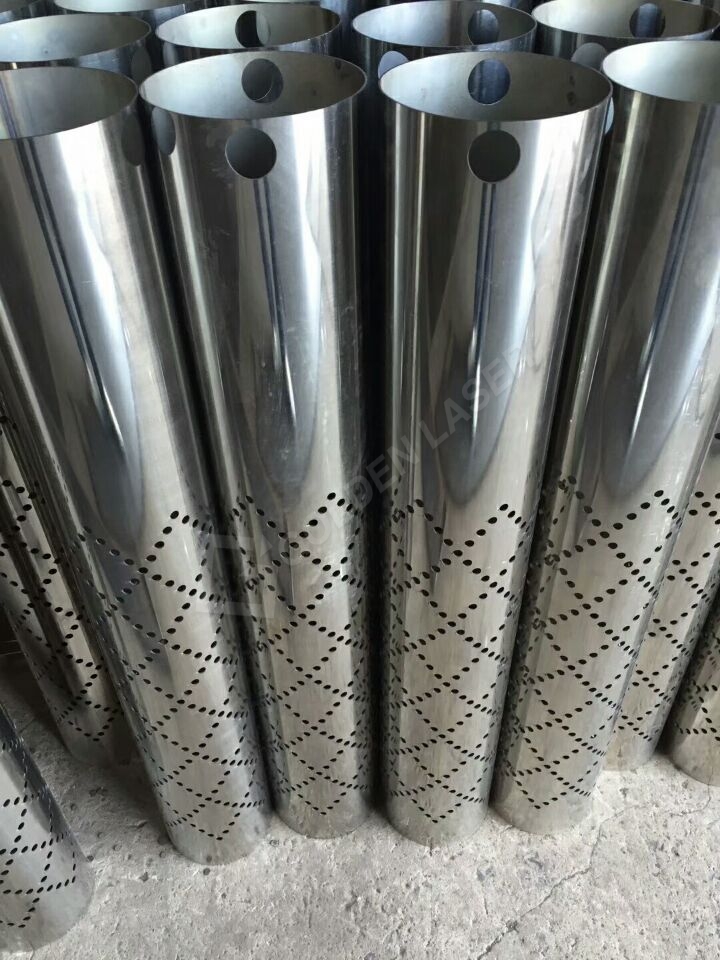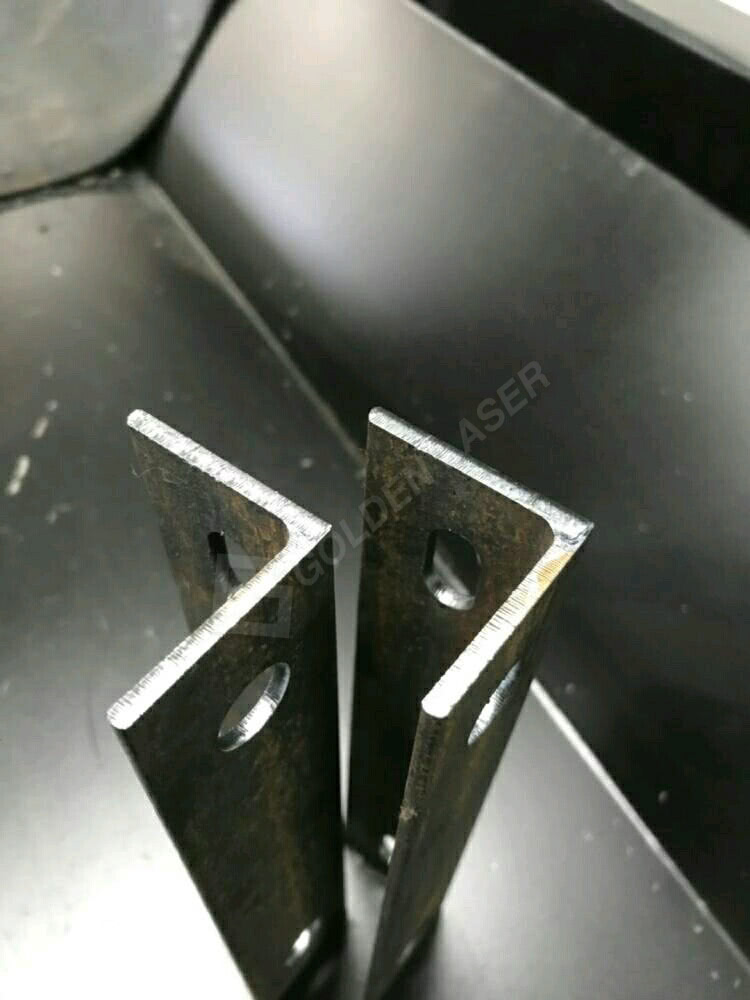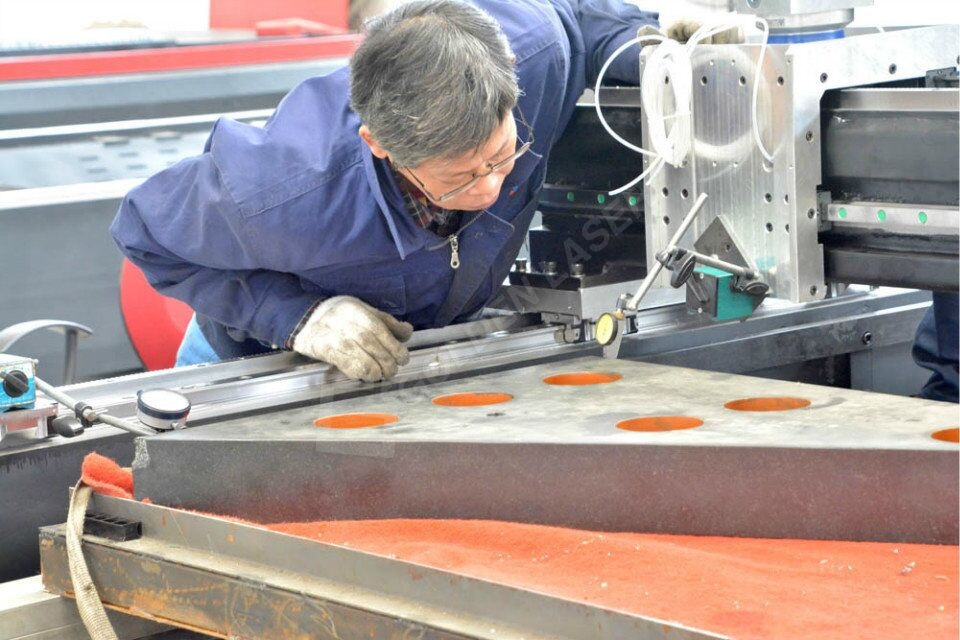How steel pipe is made
Steel pipes are long, hollow tubes that are used for a variety of purposes. They are produced by two distinct methods which result in either a welded or seamless pipe. In both methods, raw steel is first cast into a more workable starting form. It is then made into a pipe by stretching the steel out into a seamless tube or forcing the edges together and sealing them with a weld. The first methods for producing steel pipe were introduced in the early 1800s, and they have steadily evolved into the modern processes we use today. Each year, millions of tons of steel pipe are produced. Its versatility makes it the most often used product produced by the steel industry.
History
People have used pipes for thousands of years. Perhaps the first use was by ancient agriculturalists who diverted water from streams and rivers into their fields. Archeological evidence suggests that the Chinese used reed pipe for transporting water to desired locations as early as 2000 B.C. Clay tubes that were used by other ancient civilizations have been discovered. During the first century A.D. , the first lead pipes were constructed in Europe. In tropical countries, bamboo tubes were used to transport water. Colonial Americans used wood for a similar purpose. In 1652, the first waterworks was made in Boston using hollow logs.


Welded pipe is formed by rolling steel strips through a series of grooved rollers that mold the material into a circular shape. Next, the unwelded pipe passes by welding electrodes. These devices seal the two ends of the pipe together.
As early as 1840, ironworkers could already produce seamless tubes. In one method, a hole was drilled through a solid metal, round billet. The billet was then heated and drawn through a series of dies which elongated it to form a pipe. This method was inefficient because it was difficult to drill the hole in the center. This resulted in an uneven pipe with one side being thicker than the other. In 1888, an improved method was awarded a patent. In this process the solid billed was cast around a fireproof brick core. When it was cooled, the brick was removed leaving a hole in the middle. Since then new roller techniques have replaced these methods.
Design
There are two types of steel pipe, one is seamless and another has a single welded seam along its length. Both have different uses. Seamless tubes are typically more light weight, and have thinner walls. They are used for bicycles and transporting liquids. Seamed tubes are heavier and more rigid. The have a better consistency and are typically straighter. They are used for things such as gas transportation, electrical conduit and plumbing. Typically, they are used in instances when the pipe is not put under a high degree of stress.
Raw Materials
The primary raw material in pipe production is steel. Steel is made up of primarily iron. Other metals that may be present in the alloy include aluminum, manganese, titanium, tungsten, vanadium, and zirconium. Some finishing materials are sometimes used during production. For example, paint may be.
Seamless pipe is manufactured using a process that heats and molds a solid billet into a cylindrical shape and then rolls it until it is stretched and hollowed. Since the hollowed center is irregularly shaped, a bullet-shaped piercer point is pushed through the middle of the billet as it is being rolled.Seamless pipe is manufactured using a process that heats and molds a solid billet into a cylindrical shape and then rolls it until it is stretched and hollowed. Since the hollowed center is irregularly shaped, a bullet-shaped piercer point is pushed through the middle of the billet as it is being rolled.used if the pipe is coated. Typically, a light amount of oil is applied to steel pipes at the end of the production line. This helps protect the pipe. While it is not actually a part of the finished product, sulfuric acid is used in one manufacturing step to clean the pipe.
The Manufacturing Process
Steel pipes are made by two different processes. The overall production method for both processes involves three steps. First, raw steel is converted into a more workable form. Next, the pipe is formed on a continuous or semicontinuous production line. Finally, the pipe is cut and modified to meet the customer’s needs. Some Steel pipe manufacture will use tube laser cutting machine to previous cut or hollowing the tube to increase the competitive of the tubes
Seamless pipe is manufactured using a process that heats and molds a solid billet into a cylindrical shape and then rolls it until it is stretched and hollowed. Since the hollowed center is irregularly shaped, a bullet-shaped piercer point is pushed through the middle of the billet as it is being rolled.
Ingot production
1. Molten steel is made by melting iron ore and coke (a carbon-rich substance that results when coal is heated in the absence of air) in a furnace, then removing most of the carbon by blasting oxygen into the liquid. The molten steel is then poured into large, thick-walled iron molds, where it cools into ingots.
2. In order to form flat products such as plates and sheets, or long products such as bars and rods, ingots are shaped between large rollers under enormous pressure.Producing blooms and slabs
3. To produce a bloom, the ingot is passed through a pair of grooved steel rollers that are stacked. These types of rollers are called “two-high mills.” In some cases, three rollers are used. The rollers are mounted so that their grooves coincide, and they move in opposite directions. This action causes the steel to be squeezed and stretched into thinner, longer pieces. When the rollers are reversed by the human operator, the steel is pulled back through making it thinner and longer. This process is repeated until the steel achieves the desired shape. During this process, machines called manipulators flip the steel so that each side is processed evenly.
4. Ingots may also be rolled into slabs in a process that is similar to the bloom making process. The steel is passed through a pair of stacked rollers which stretch it. However, there are also rollers mounted on the side to control the width of the slabs. When the steel acquires the desired shape, the uneven ends are cut off and the slabs or blooms are cut into shorter pieces.Further processing
5. Blooms are typically processed further before they are made into pipes. Blooms are converted into billets by putting them through more rolling devices which make them longer and more narrow. The billets are cut by devices known as flying shears. These are a pair of synchronized shears that race along with the moving billet and cut it. This allows efficient cuts without stopping the manufacturing process. These billets are stacked and will eventually become seamless pipe.
6. Slabs are also reworked. To make them malleable, they are first heated to 2,200° F (1,204° C). This causes an oxide coating to form on the surface of the slab. This coating is broken off with a scale breaker and high pressure water spray. The slabs are then sent through a series of rollers on a hot mill and made into thin narrow strips of steel called skelp. This mill can be as long as a half mile. As the slabs pass through the rollers, they become thinner and longer. In the course of about three minutes a single slab can be converted from a 6 in (15.2 cm) thick piece of steel to a thin steel ribbon that can be a quarter mile long.
7. After stretching, the steel is pickled. This process involves running it through a series of tanks that contain sulfuric acid to clean the metal. To finish, it is rinsed with cold and hot water, dried and then rolled up on large spools and packaged for transport to a pipe making facility.Pipe making
8. Both skelp and billets are used to make pipes. Skelp is made into welded pipe. It is first placed on an unwinding machine. As the spool of steel is unwound, it is heated. The steel is then passed through a series of grooved rollers. As it passes by, the rollers cause the edges of the skelp to curl together. This forms an unwelded pipe.
9. The steel next passes by welding electrodes. These devices seal the two ends of the pipe together. The welded seam is then passed through a high pressure roller which helps create a tight weld. The pipe is then cut to a desired length and stacked for further processing. Welded steel pipe is a continuous process and depending on the size of the pipe, it can be made as fast as 1,100 ft (335.3 m) per minute.
10. When seamless pipe is needed, square billets are used for production. They are heated and molded to form a cylinder shape, also called a round. The round is then put in a furnace where it is heated white-hot. The heated round is then rolled with great pressure. This high pressure rolling causes the billet to stretch out and a hole to form in the center. Since this hole is irregularly shaped, a bullet shaped piercer point is pushed through the middle of the billet as it is being rolled. After the piercing stage, the pipe may still be of irregular thickness and shape. To correct this it is passed through another series of rolling mills.Final processing
11. After either type of pipe is made, they may be put through a straightening machine. They may also be fitted with joints so two or more pieces of pipe can be connected. The most common type of joint for pipes with smaller diameters is threading—tight grooves that are cut into the end of the pipe. The pipes are also sent through a measuring machine. This information along with other quality control data is automatically stenciled on the pipe. The pipe is then sprayed with a light coating of protective oil. Most pipe is typically treated to prevent it from rusting. This is done by galvanizing it or giving it a coating of zinc. Depending on the use of the pipe, other paints or coatings may be used.
Quality Control
A variety of measures are taken to ensure that the finished steel pipe meets specifications. For example, x-ray gauges are used to regulate the thickness of the steel. The gauges work by utilizing two x rays. One ray is directed at a steel of known thickness. The other is directed at the passing steel on the production line. If there is any variance between the two rays, the gauge will automatically trigger a resizing of the rollers to compensate.

Pipes are also inspected for defects at the end of the process. One method of testing a pipe is by using a special machine. This machine fills the pipe with water and then increases the pressure to see if it holds. Defective pipes are returned for scrap.